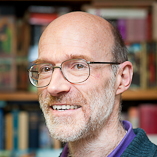How did Richard Busby, headmaster of Westminster School, influence early Fellows of the Royal Society such as John Locke, Robert Hooke and Christopher Wren? Historian Ray Schrire investigates.
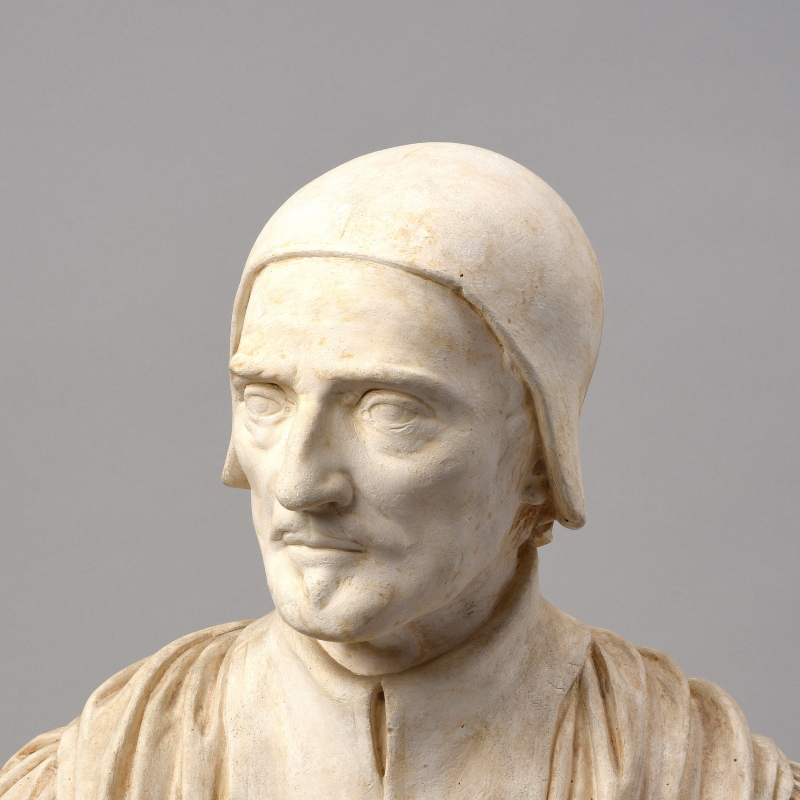
What do John Locke (1632-1704), Robert Hooke (1635-1703), and Christopher Wren (1632-1723) have in common? Easy: they were all, inter alia, leading natural scientists and prominent Fellows of the Royal Society from its earliest days in the 1660s. Locke gathered meteorological data and inquired about the motion of the blood, Hooke was the Society’s Curator of Experiments and the hand and mind behind the celebrated Micrographia (1665), and Wren, who served as President of the Society, was famous as an astronomer no less that he was as an architect.
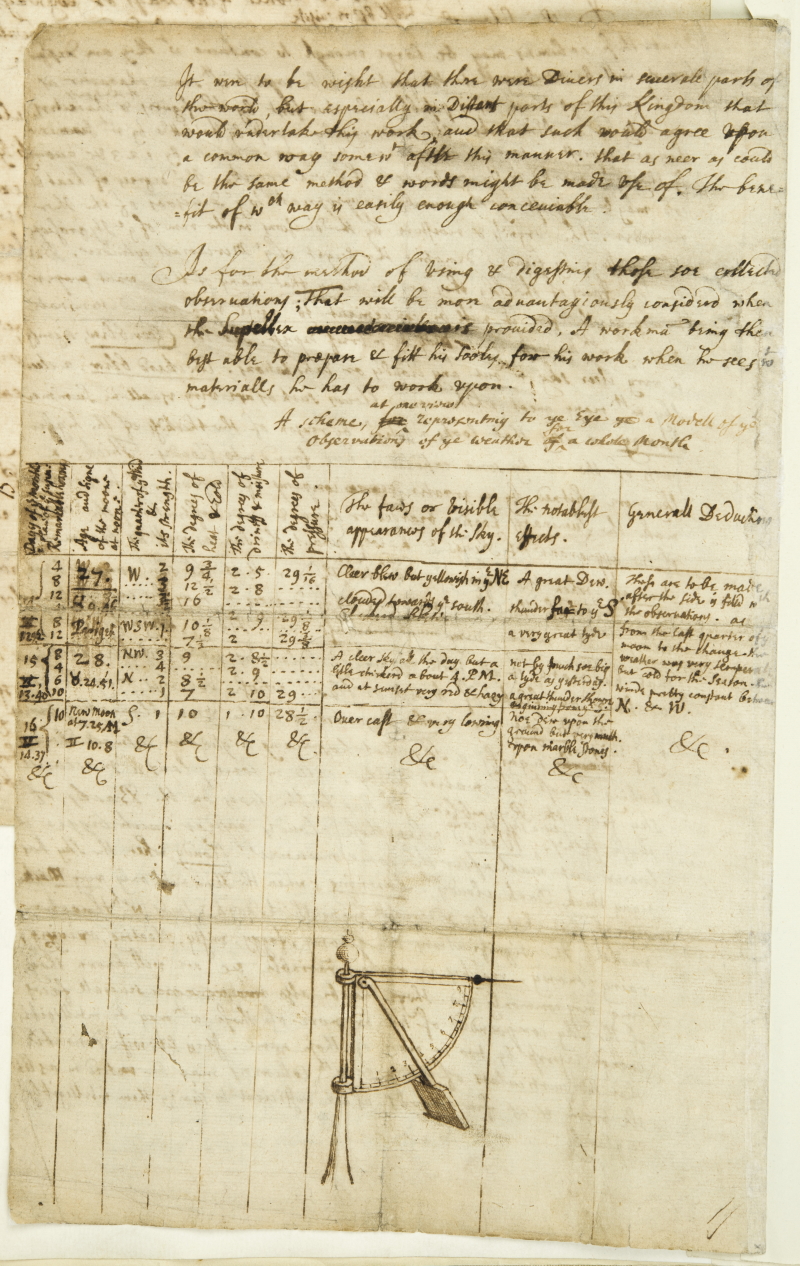 Page from Robert Hooke’s ‘For the better making a history of the weather’, 1663 (CLP/20/2)
Page from Robert Hooke’s ‘For the better making a history of the weather’, 1663 (CLP/20/2)
There is also a second, less trivial answer to this question: all three sat at one point or another on the benches at Westminster School, learning Latin and Greek grammar and literature from the same schoolmaster, Richard Busby (1606-1695). Is there any meaningful connection between both biographical facts?
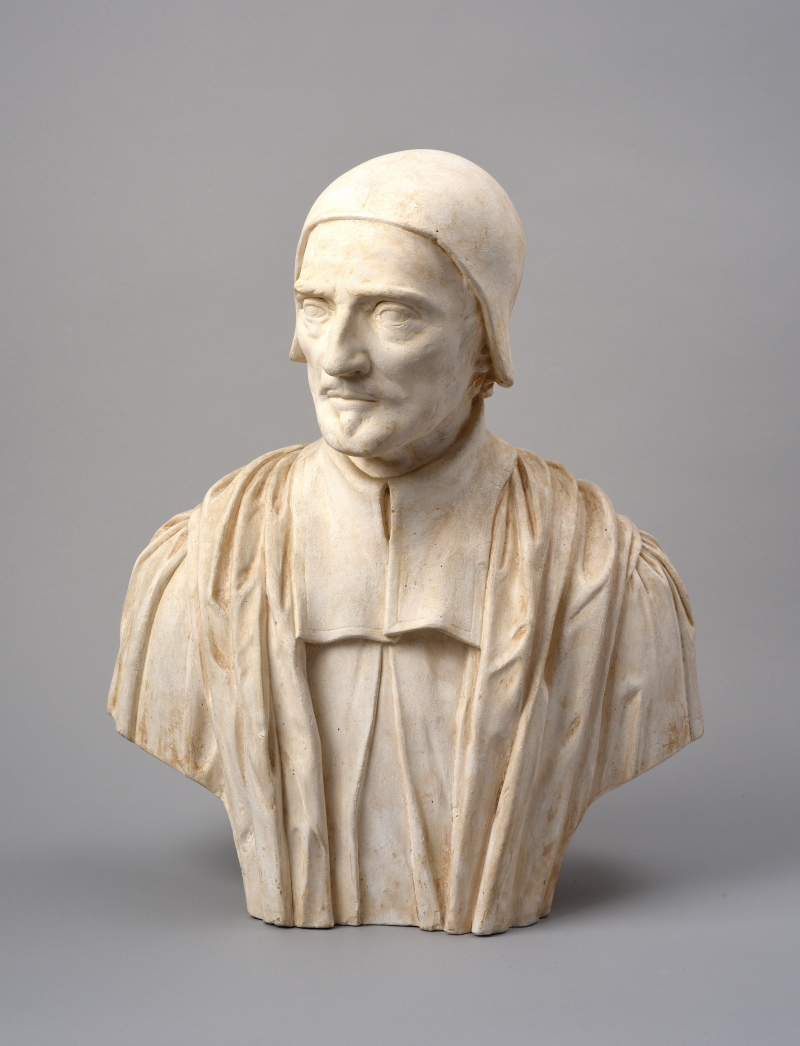 Busby’s marble bust from Christ Church library, Oxford. Reproduced by permission of Digital Bodleian.
Busby’s marble bust from Christ Church library, Oxford. Reproduced by permission of Digital Bodleian.
On the face of it, the answer is ‘No.’ The early Royal Society positioned itself in strong opposition to what was considered outdated humanistic learning. While Latin and some Greek were the core of the syllabus in Westminster (and in all other ‘free grammar schools’, which were the early modern predecessors of today’s public schools), the skills we associate with modern science – mathematics in particular – were still strictly extra-curricular. Samuel Pepys (1633-1703), another early Fellow and later President of the Royal Society, needed to pay a tutor to teach him mathematics years after completing his classical education at St Paul’s.
John Aubrey FRS (1626-1697), meanwhile, criticised Westminster School’s frenzy for Latin verse, saying that ‘the solving of a mathematical problem is worth a hundred epigrams.’ And Locke brutally attacked the stale grammar school system in his Some thoughts concerning education (1693) due to its lack of relevance to current knowledge. Indeed, the study of past Auctores seems antithetical to the Royal Society’s bold motto of trusting the words of no authority – Nullius in verba – and basing all knowledge on experience and experiments.
I believe, however, that grammar school education contributed to the formation of the new natural sciences in the seventeenth century in ways we still fail to appreciate. To start with, grammar school education, in Westminster and in many of the other hundreds of grammar schools, was an important socialising experience for England’s elite. ‘’Tis certain that at Westminster School some of his schoolfellows will become great men; a considerable advantage’, wrote Aubrey about the perks of going to school rather than receiving tutoring at home. Aubrey reports that Wren was guided by the same logic when he sent his son to Eton ‘not much caring what Latin he learned, but to learn how to shift and live in the world.’
Even Locke admitted amongst his harsh criticism that ‘the emulation of school-fellows often puts life and industry into young lads’. Indeed, going through the biographies of prominent early Fellows, one is struck by just how many of them went to grammar school. We might be tempted to start re-grouping early Fellows in new ways: instead of believers in vacuum and its deniers, or natural historians vs natural philosophers, experimentalists vs mathematicians – we can think about the alumni of St Paul’s (Pepys, Halley), those of Eton (Boyle, Beale, Rooke), and those of Westminster.
The shared educational background contributed, no doubt, to establishing the social practices – the gentleman’s habitus – of the early Royal Society. But as my current research sets out to show, the influence of the grammar school on the Society’s scientific practice ran deeper than ‘merely’ socialisation. This influence, I maintain, cannot be reduced to the subject matter of humanistic education itself. It was not so much the result of reading an eloquent speech by Cicero or following the example of Pliny’s Naturalis historia, as much as it was related to the ways actual schoolmasters taught these subjects (in other words, it was not the what that mattered, it was the how).
While schoolmasters were often ridiculed for their pedantry and irrelevant teachings (or worse, criticized for their love of the rod), some exceptional individuals were at the same time held in high esteem for their meticulous character, vast learning, and broad interests. As Westminster’s Richard Busby demonstrates, these two characterisations were not mutually exclusive. Almost fifty years after Busby’s passing, Alexander Pope (1688-1744) could evoke his ghost, ‘whose index-hand Held forth the Virtue of the dreadful wand’, in the mock-epic poem Dunciad. But at the same time, Busby was praised for being ‘an exact Latinist’, ‘superior in his knowledge and teaching of Greek than any other schoolmaster of his age’, and blessed with ‘depth and great variety of learning’. Some schoolboys were inspired by him and cherished his teaching and friendship their entire life. Hooke, for example, remained close to Busby and describes in his diary numerous afternoons in which they drank tea together, dined, and discussed the latest scientific discoveries of the day.
So how did Richard Busby’s learning shape a generation of scientists? While a full reconstruction of Busby’s teaching methods is beyond the scope of this blogpost, we can glean a general idea by looking at some of the teaching material he produced ‘for the use of Westminster school (in usum scholae westmonasteriensis)’. The numerous grammars Busby wrote are all characterised by being highly systematic and visually sophisticated, and tend towards abstract rules. Thus, his Latin grammar contains far fewer examples than the common King’s grammar and far less in the way of mnemonics. His Greek grammar, the popular Græcæ grammatices compendium (shown below), was filled with tables and a variety of diagrams that visualized every aspect of the language. And his Hebrew grammar surviving only in manuscript would probably not make its users appreciate the beauty of Hebrew poetry, but it would offer a systematic treatment of the language’s intricate morphology.
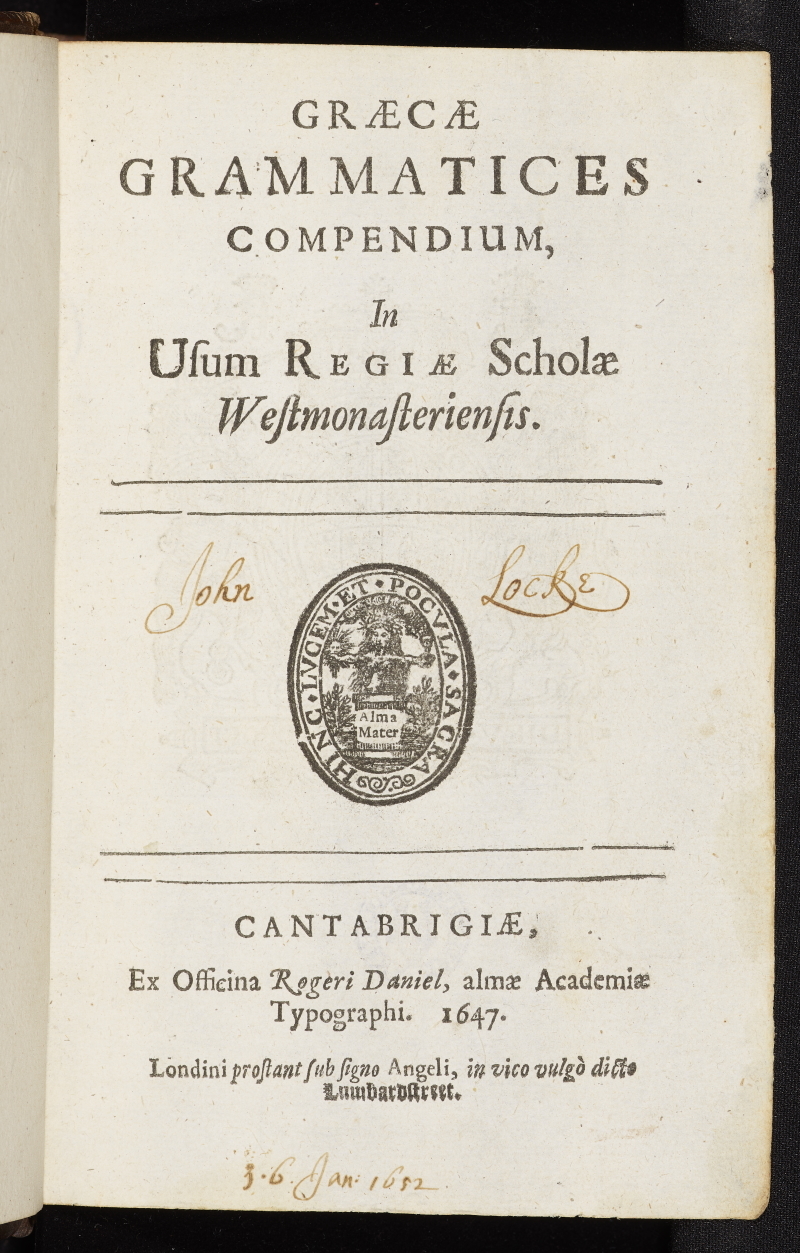 John Locke’s copy of Busby’s Greek grammar, signed and dated to his last year at Westminster. Reproduced by permission of Digital Bodleian.
John Locke’s copy of Busby’s Greek grammar, signed and dated to his last year at Westminster. Reproduced by permission of Digital Bodleian.
If these books are any indication of Busby’s techniques of teaching, it seems much less puzzling that Locke, Hooke, and Wren spent years learning grammar and ended up revolutionising natural sciences: they followed their schoolmaster’s tendency to carefully systematise vast fields of knowledge, visualise regularities, and expose hidden rules, and transferred these cognitive habits from the realm of classical languages to the natural world. After all, as Hooke once put it, their project was in essence an attempt to develop an ‘orthography, Etymologia, Syntaxis, and Prosodia of Nature’s Grammar’.



